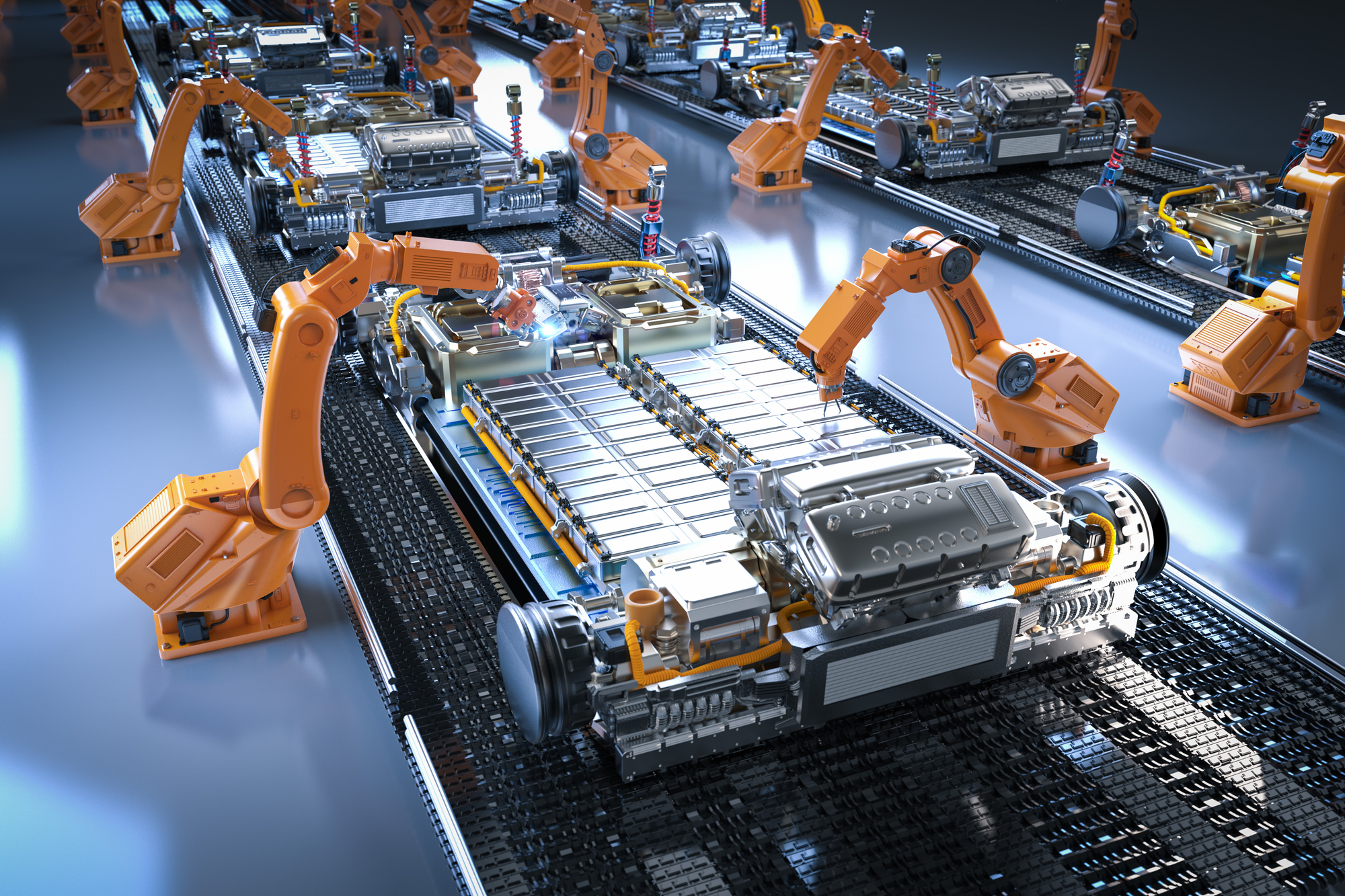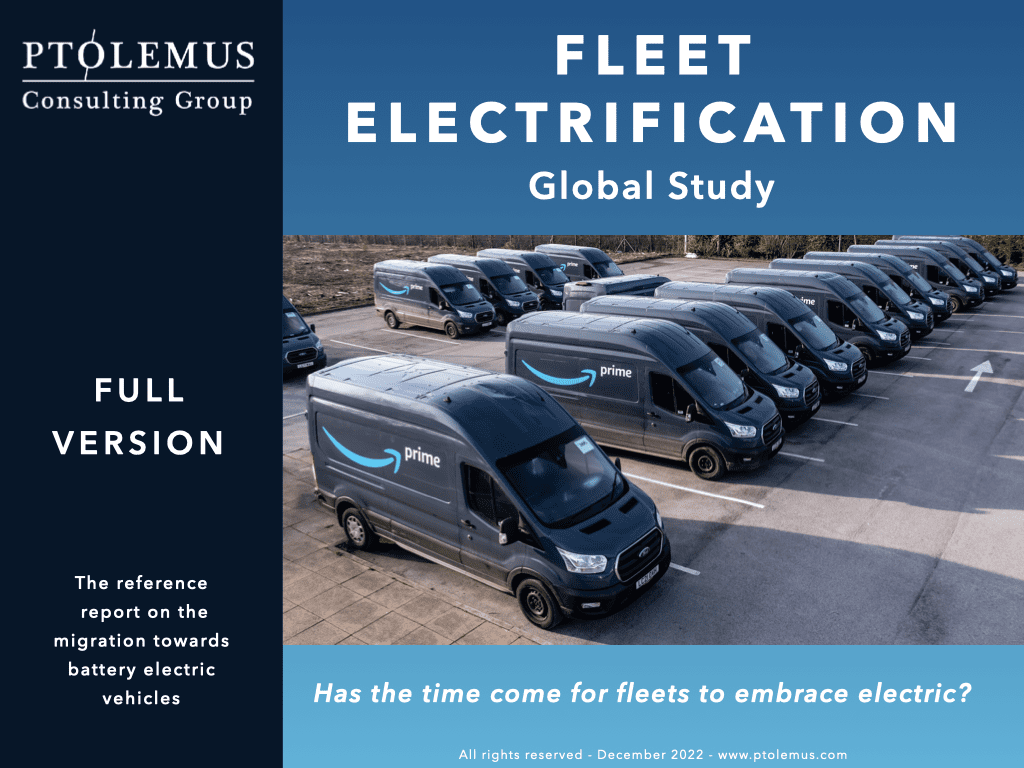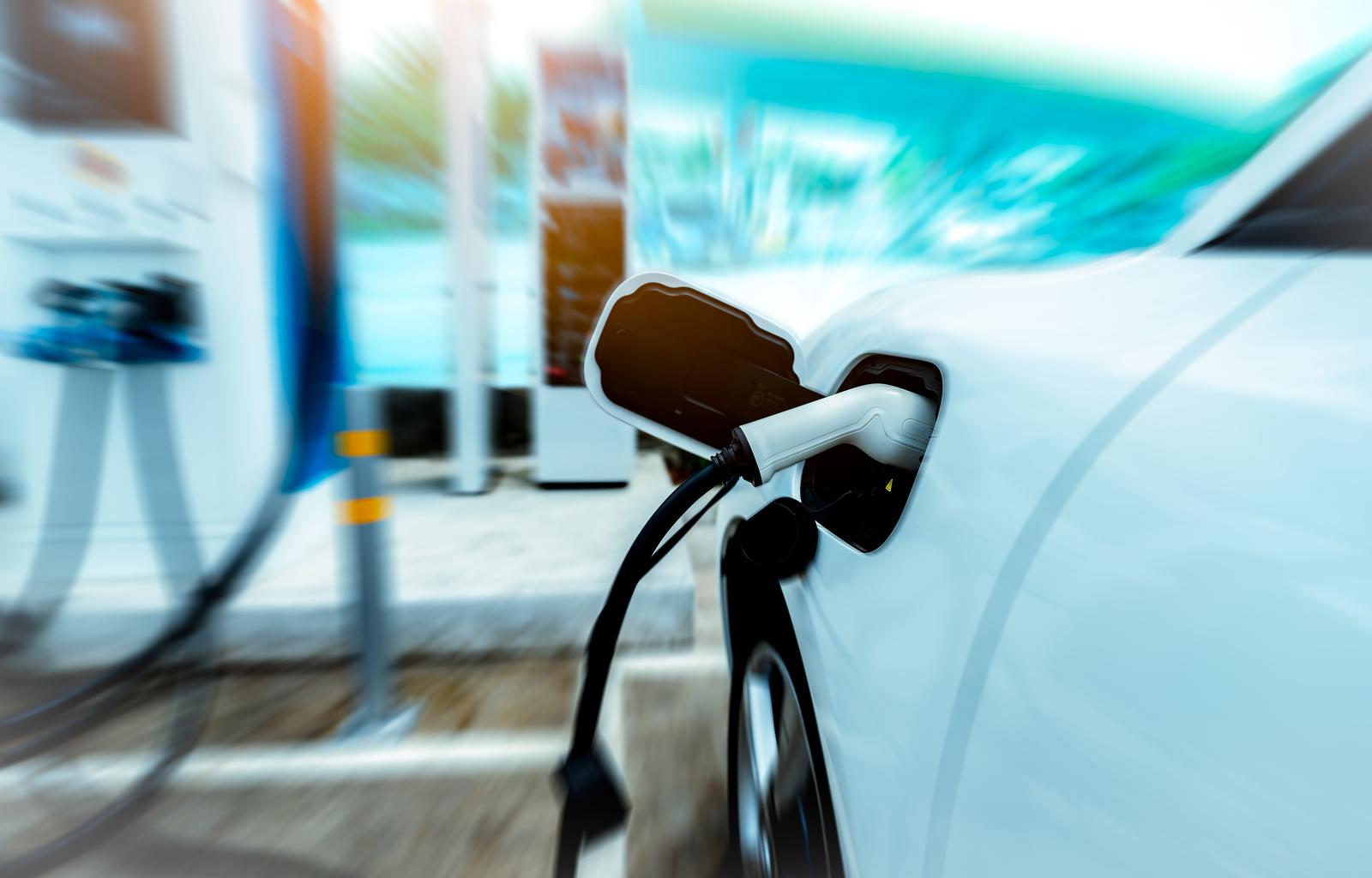Why EV prices are lower in China compared to western economies?

EV prices are lower in China than in other countries, making them more accessible to the average consumer.
As per Jato dynamics, the average price of EVs in China was €67,000 in 2015 which has currently reduced to € 32,000, a 50% reduction in price over the last 7 years. On the contrary, EV prices in USA and Europe have increased by 12.5% and 17% respectively over the same time period.
Similarly, the price of an EV in China is 33% cheaper than a petrol vehicle while it is 27% and 43% higher in USA and Europe respectively.

The most obvious reasons why EV prices are lower in China are a result of
- Government incentives in China
- Local competition by OEMs driving down the prices
- Lower production costs
- Different consumer preferences: Western consumers tend to prioritise luxury and high-end features in their vehicles, which can drive up the price
However, a highly influential reason that is often ignored by the mainstream is the amount of authority China has over raw materials for EV battery manufacturing.
The battery costs approximately 10-25% of the total vehicle cost. China owns the largest Lithium and Cobalt mines on continents other than its own (Australia and Africa) making it a significant supplier of the battery raw materials. In 2018, 62% of global graphite production, which is used as anode in a battery cell, was concentrated in China.
As China controls a significant portion of the global supply of these materials, it has given the country a competitive advantage in the EV industry. With rising demand for EVs, China’s dominance in the production of these raw materials has made it easier and cheaper for Chinese automakers to produce EVs and expand their market share.
Additionally, in the battery cell production business, Asian companies dominate. Today, 60-65% of the global EV battery manufacturing and assembly systems are dominated by Asian firms. The largest battery cell manufacturing companies, LG and Samsung SDI, are headquartered in South Korea. Today, Tesla is the only OEM in the EV value chain that competes with the Asian giants.
CATL, a Chinese headquartered company, is in the top 5 and rapidly expanding. In 2022, CATL begun its first overseas battery manufacturing unit in Germany. The facility is expected to reach 14GWh capacity annually. With 1.8 billion investment, CATL’s next destination in Europe will be Hungary.
With such dominance in the EV battery business, and European and American OEM’s reliance on them, it is clear why this is one of the other major reasons why EV prices are lower in China compared to western economies.
Based on the 2-degree climate scenario agreement, the demand for batteries is expected to increase to over 1000 GWh by 2030. To reduce and phase out the reliance of the western OEMs on the Asian suppliers, OEMs today are investing billions in the EV battery manufacturing business.
OEMs strategy to setup indigenous battery plants have evolved to shorten vehicle delivery times, reduce the battery procurement, and supply chain costs. Volkswagen announced in 2022 an investment of $20.4 billion to build EV batteries as a part of its ‘New Auto Strategy’, with 6 manufacturing units in Europe by 2030 and future plants in the US to achieve a production capacity of 240 GWh. Germany alone has 9 projects planned for battery manufacturing by 2025.
Dominance can also be countered through protectionist policies in Europe and USA combined with alternative battery chemistries and a rise in battery recycling. The Inflation Reduction Act (IRA) in the US has earmarked credits towards clean energy production and luring indigenous manufacturers. Under the “Advanced Manufacturing Production Credit”, the IRA includes credits for battery cells and modules manufactured in the US. The cost estimated for the credit is around $30 billion over 2022-2031. These are not tax write offs but actual payments. The hook is of course that 40% of the minerals used for manufacturing should come for the US or countries with free trade agreements.
In Europe, as per climate activist NGO Transport & Environment, more than €20 billion has been devoted to the battery manufacturing value chain via the IPCEI framework, the EIB, and research funding in the last few years. Complexities such as slow approval processes, bureaucracy, and the ability to prove that the projects would not be possible without the funding are hindrances to reaping the full benefits.
Battery innovation disruptions such as Lithium Iron Phosphate (LFP) and solid-state batteries developed by companies in different countries are foreseen to decrease the reliance on China. The new battery options are aimed at longer lifespan, non-active maintenance, cost reduction and most of all safe operation.
Overall, based on today’s scenario, it still impossible for western OEMs to neglect China or Asian companies for battery raw materials and assembly manufacturing. However, the market is very dynamic and adapting. Government policies, incentives and OEMs billion dollar investments as well as alternative battery chemistries that have a lower dependance on the Asian origin minerals are much in the favour towards a transition to EV market equilibrium
To learn more about electric vehicles and electrification, see our reports our Case Study on Vehicle Electrification and our Fleet Electrification Global Study

